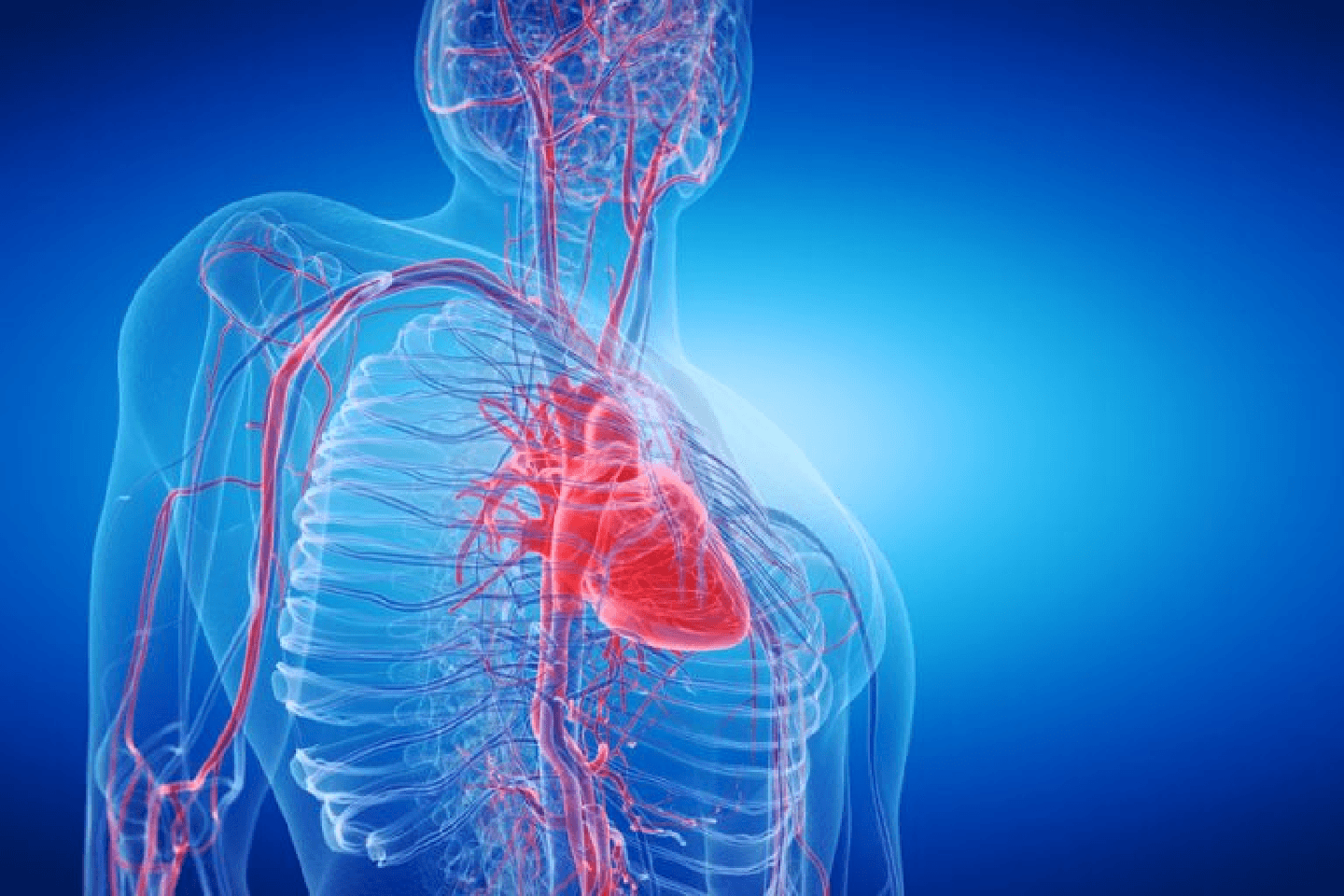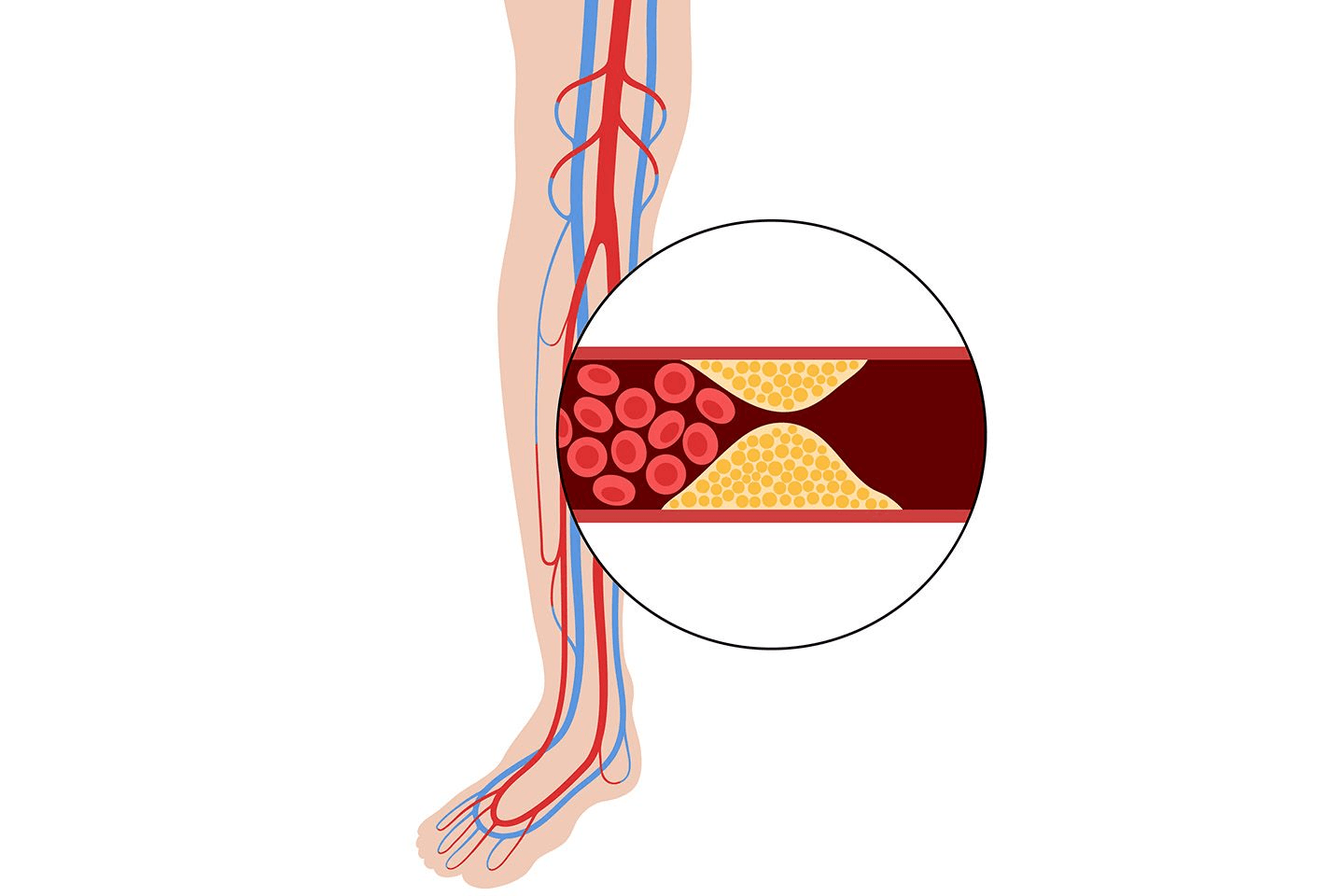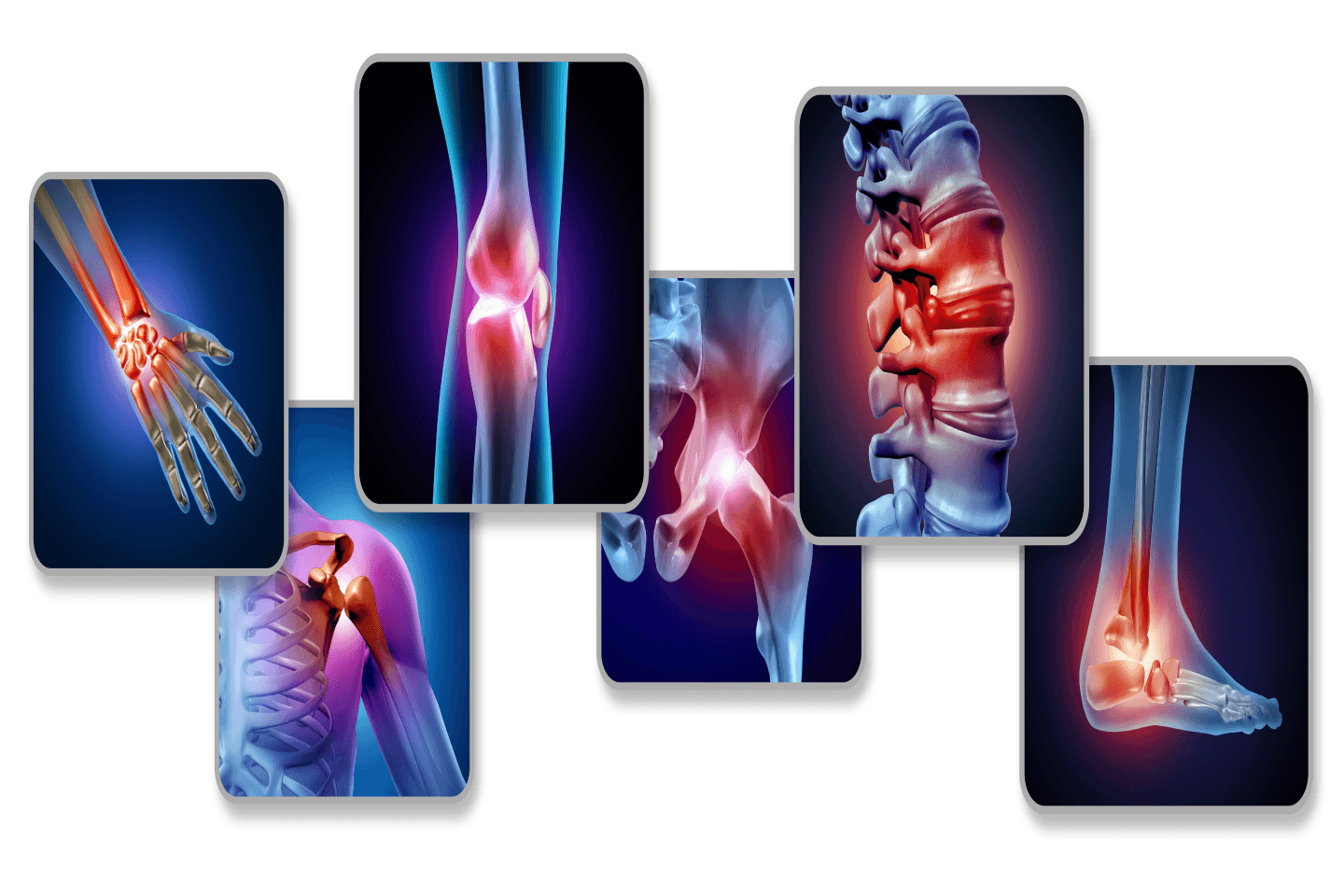
4 Treatment Options To Treat Peripheral Vascular Diseases (PVD)
Introduction
Are you among the 200 million people1 worldwide living with a condition that could silently threaten your mobility and independence? If you've been diagnosed with peripheral vascular disease (PAD), understanding your treatment options is the key to reclaiming your active lifestyle and preventing complications.
Peripheral vascular disease, also known as peripheral arterial disease, affects blood vessels outside your heart and brain, restricting vital blood flow to your limbs2. This condition has become increasingly common, with prevalence rising significantly due to ageing populations and increasing risk factors such as diabetes and smoking1.
The encouraging news is that modern medicine offers four highly effective, evidence-based treatment approaches that can dramatically improve your symptoms, restore your walking ability, and prevent life-threatening complications. From comprehensive medical management to advanced surgical interventions, today's treatments have helped millions of patients return to active, fulfilling lives2.
Signs and Symptoms of Peripheral Vascular Disease
The challenge with peripheral vascular disease is that many people—up to 60% of patients—experience no symptoms initially, making early detection crucial during routine medical check-ups6. However, when symptoms do appear, recognizing them early can prevent serious complications and improve treatment outcomes.
Classic Symptoms to Watch For:
- Intermittent claudication: The hallmark symptom—muscle cramping, aching, or fatigue in your legs that occurs with walking and disappears with rest6
- Reduced walking distance: Finding yourself unable to walk as far as you used to before leg discomfort begins
- Cold feet or legs: Poor circulation can make your extremities feel noticeably colder than the rest of your body
- Weak pulse in legs or feet: Your healthcare provider may detect this during examination
- Slow-healing wounds: Cuts or sores on your legs or feet that heal poorly or not at all
Advanced Warning Signs Requiring Immediate Attention:
- Rest pain: Severe leg pain that occurs even when you're not active, often worse at night
- Skin color changes: Legs or feet appearing pale, blue, or reddish
- Non-healing ulcers: Open sores that don't improve with standard wound care
Remember, many people dismiss leg pain as "normal ageing," but persistent symptoms warrant medical evaluation6. Early diagnosis and treatment can prevent progression to more serious complications.
How Doctors Accurately Diagnose Peripheral Vascular Disease
The diagnostic process typically begins with your medical history and physical examination, followed by targeted testing based on your risk factors.
Primary Diagnostic Tests:
Ankle-Brachial Index (ABI): The most widely used screening test for PAD, comparing blood pressure in your arms and ankles7. Normal ABI values range from 1.0 to 1.3, while values below 0.9 indicate PAD8. This simple, painless test can be performed in your doctor's office and takes about 10-15 minutes8.
Exercise ABI Testing: For patients with normal resting ABI but symptoms suggestive of PAD, this test measures your ABI before and after walking on a treadmill8. A decrease in ABI after exercise can reveal PAD that wasn't apparent at rest.
Advanced Imaging When Needed:
- Duplex Ultrasound: Creates detailed images of blood flow in your arteries, helping identify the exact location and severity of blockages8
- CT Angiography or MR Angiography: Provides detailed pictures of your blood vessels using advanced imaging technology
- Catheter Angiography: Reserved for cases where intervention is planned, this involves injecting contrast dye directly into your arteries for the most detailed images possible7
Your doctor will select the most appropriate tests based on your symptoms, risk factors, and the need for treatment planning.
Peripheral Vascular Disease Treatment
If you have been detected with peripheral vascular disease, treatment will depend on the severity of your condition. While medicines can be prescribed for pain management and to curb the progression of the disease, you may also have to undergo a minor surgery for the removal of the plaque and to improve blood flow.
However, the most important aspect of peripheral vascular disease treatment is self-care and lifestyle changes to introduce a healthy diet and reduce risk factors.
Your doctor will prepare a treatment regime for you from a combination of the following.
Drug therapy for peripheral vascular disease treatment:
To reduce your cholesterol and blood pressure levels that may have caused the disease, your doctor will put you on oral medication. Diabetes medication, too, may be prescribed.
Supervised Exercise Therapy:
Structured exercise programs deliver results equal to some surgical procedures and are covered by Medicare6.
Program Details:
- Schedule: 3 sessions weekly for 12 weeks minimum8
- Duration: 30-60 minutes per session under medical supervision6,1,0
- Method: Walk on treadmill until leg pain occurs, then rest until pain stops8
Setting: Hospital outpatient facility with trained staff7,9
Benefits:
- Improves walking distance by 180 meters118
- 71% of patients achieve 50%+ improvement in walking ability8
Minimally Invasive Endovascular Procedures
These procedures use a small groin puncture to open blocked arteries with excellent results and fast recovery1.
Procedure Types:
- Balloon angioplasty: Inflates balloon inside artery to compress plaque14,15,16
- Drug-coated balloons: Release medication to prevent re-narrowing17
- Stent placement: Metal mesh tubes keep arteries open15,16
- Atherectomy: Removes hard plaque from heavily calcified arteries1
Patient Benefits:
- Same-day or overnight hospital stay14
- Return to normal activities in 24-48 hours14
- Less than 10% complication rate14
This procedure is called Balloon Angioplasty. Meril has an extensive range of Balloon Angioplasty offerings and also Drug-Eluting Balloons with the Mozec Range. A stent may also be placed in the artery to keep it open. Meril Life’s Myra BMS and Cogent BMS are the latest-generation stents premounted on a balloon catheter. They are less invasive and help patients recover faster.
Bypass Surgery
Surgery creates new pathways around blocked arteries, offering the best long-term results for complex disease19
Surgical Approach:
- Bypass grafting: Creates detours around blockages using your own veins or synthetic materials20
- Common types: Aortofemoral, femoropopliteal, or infrainguinal bypass depending on blockage location21
Hospital stay: 5-8 days with several weeks recovery time20
Conclusion
With 200 million people worldwide living with peripheral vascular disease, you're part of a large community that has access to increasingly effective treatments1. The four evidence-based treatment options outlined above—medical management, supervised exercise therapy, endovascular interventions, and surgical revascularization—offer hope for improved symptoms, enhanced mobility, and prevention of serious complications.
The Treatment Hierarchy:
Most patients benefit from combining these approaches strategically. Current evidence supports starting with comprehensive medical management for all patients, adding supervised exercise therapy for symptomatic individuals, considering endovascular interventions for moderate disease not responding to conservative treatment, and reserving surgery for complex cases requiring maximum durability12.
References
1 https://www.ahajournals.org/doi/10.1161/CIR.0000000000001251
2 https://www.clinicaladvisor.com/news/managing-peripheral-artery-disease-an-updated-guideline/
3 http:/www.nhlbi.nih.gov/health/health-topics/topics/pad/treatment
4 https://www.heart.org/-/media/PHD-Files-2/Science-News/2/2024/2024-PAD-guideline-slide-set.pdf
7 https://academic.oup.com/eurheartj/article/45/36/3538/7738955
9 https://pmc.ncbi.nlm.nih.gov/articles/PMC10275676/
11 https://pmc.ncbi.nlm.nih.gov/articles/PMC8219542/
12 https://pubmed.ncbi.nlm.nih.gov/11812407/
14 https://www.nhs.uk/conditions/peripheral-arterial-disease-pad/treatment/
15 https://www.ahajournals.org/doi/10.1161/ATVBAHA.119.312142
16 https://pubmed.ncbi.nlm.nih.gov/39605225/
17 https://www.aafp.org/pubs/afp/issues/2019/0315/p362.html
18 https://www.nhlbi.nih.gov/health/peripheral-artery-disease/treatment
19 https://pubmed.ncbi.nlm.nih.gov/38693597/
20 https://www.heart.org/en/health-topics/peripheral-artery-disease/prevention-and-treatment-of-pad
21 https://med.stanford.edu/stanfordmedicine25/the25/ankle-brachial-index.html
22 https://www.upmc.com/services/heart-vascular/services/cardiac-rehab/set-for-pad



